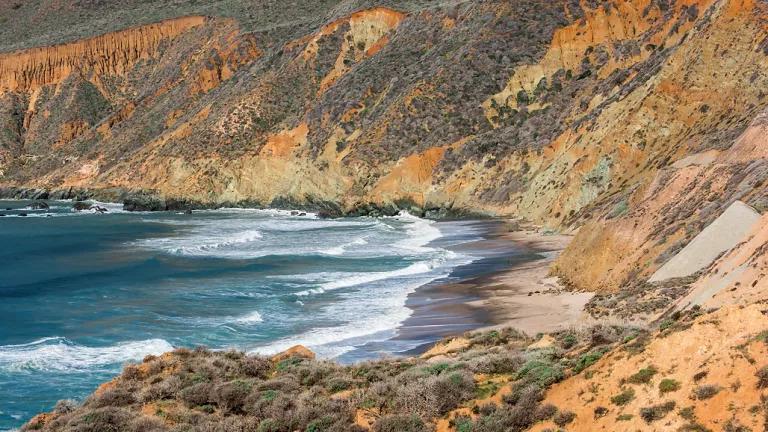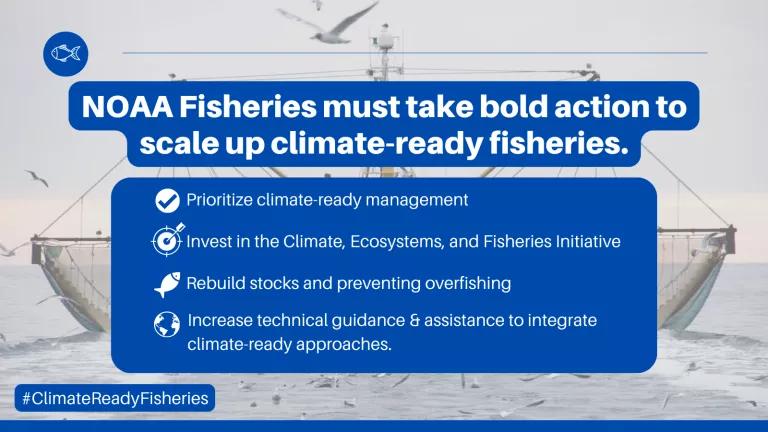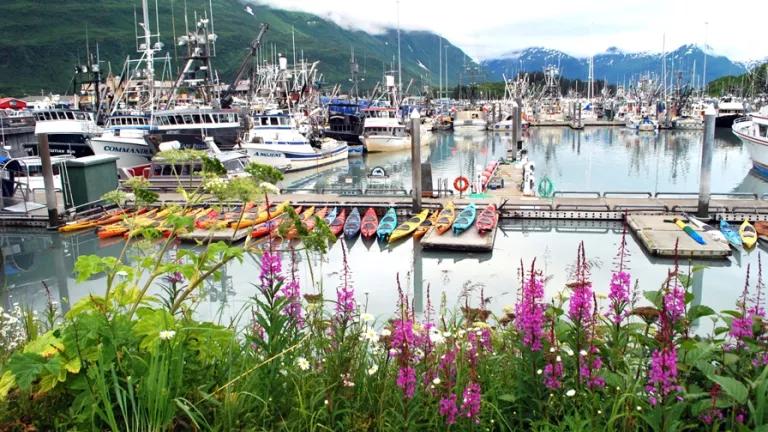
United States fisheries are facing increasing upheaval and stress from global change due to warming and acidifying waters. On the east coast, for instance, species such as the Blueline Tilefish are moving farther north in search of more favorable water conditions. This spells loss for one region and gain for another. In the Gulf of Mexico, Louisiana is losing essential nursery habitat for crabs and shrimp each year due, in part, to sea level rise. On the west coast, Pacific Northwest oyster hatcheries have experienced losses in oyster seed due to the upwelling of increasingly corrosive waters onto the continental shelf.
As human caused climate change proceeds, marine communities will be reshuffled and the bounty off our coasts will change rapidly, and at times, unexpectedly. This will have increasingly serious economic and social impacts to our coastal communities. Marine fisheries and seafood industries support over $200 billion in economic activity and 1.83 million jobs annually.
The U.S. government and regional fisheries management Councils are faced with the serious and urgent challenge of providing guidance about how to fish sustainably and with minimal harm to people in coastal communities in a changing climate. We applaud NOAA Fisheries for taking a an important first step forward towards this goal this week, by releasing their Climate Science Strategy Regional Action Plans (RAPs).
The RAPs outline regionally-tailored research agendas to better understand and prepare for the effects of climate change on U.S. fisheries. The proposed actions will help fisheries scientists better track changing ocean conditions, provide improved forecasting abilities of fish location and abundance, and identify fisheries most vulnerable to climate change. Improved understanding of how and why fish populations are changing will enable fishermen to prepare for these changes, including taking advantage of emerging fisheries in their region.
In order for the RAPs to come fully into fruition, we need the federal government to continue funding important, basic fisheries science at high levels. In addition, integration of marine sciences across federal agencies and between agencies and academic sciences will be required. Luckily, the RAPs were designed in a manner to facilitate collaboration with stakeholders interested in specific elements of the plans.
The task at hand is substantial. But, as the RAPs make clear—there is much we can and should be doing to ensure healthy fisheries and productive coastal economies in the coming decades—as our oceans experience profound change from global warming and ocean acidification.




